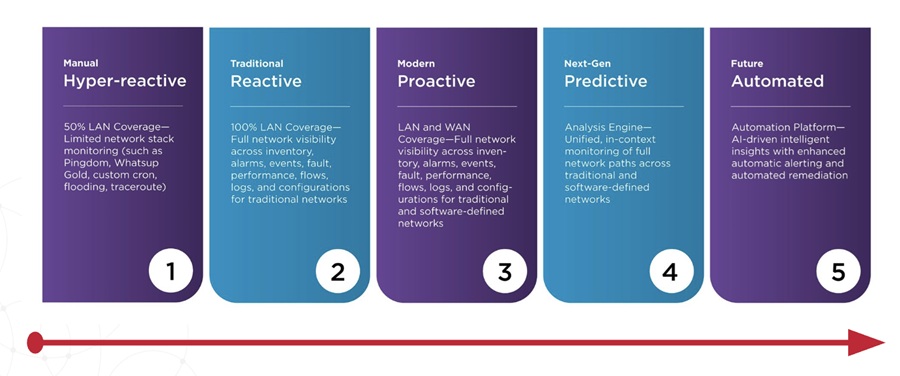
In Part 2 of APMdigest's exclusive interview, AppDynamics talks about Application Performance Management (APM) for cloud and mobile. Bhaskar Sunkara is AppDynamics CTO and SVP of Product Management. Jonah Kowall is VP of Market Development and Insights at AppDynamics.
Start with Part 1 of the Interview
APM: The 2015 APM Tools Survey also mentioned cloud-readiness as a perceived must-have. In terms of APM, do you agree that cloud-readiness is a top priority? If so, what does it take to be truly cloud-ready in terms of managing app performance?
Sunkara: Cloud is a key strategy for most IT organizations. As you start migrating apps to cloud or building on the cloud, APM has to cover visibility. Migration to the cloud is happening across most organizations, so APM is essential for cloud-readiness.
Kowall: As organizations increasingly virtualize and create more abstraction in their applications and infrastructure, monitoring has to be more lightweight and more fluid. Software has to be more adaptable to the environment and architecture changes, such as when cloud is adopted or new technologies are augmented into a software application. This is something we focus on with our product — supporting new technologies, and being critical to every organization’s cloud strategy.
APM: Is flexible deployment important for public cloud?
Sunkara: Sometimes customers have different types of applications — some businesses are more sensitive and don’t want to send data to the cloud and want the option of on-premises deployment. However, these same businesses could also have some applications that they’re okay having completely in the cloud. Customers need to have flexibility in terms of deployment, so they can make the decision themselves based on their strategy and direction.
Kowall: The amount of regulations businesses are expected to abide by is different around the world and vary by country. Surveillance of information, as well as exposure of surveillance by whistleblowers and others, has created reluctance among businesses to share data outside of their borders. With these points, it is critical to offer flexible deployments to meet different needs as our world evolves faster than it ever has.
APM: Does APM need to change to meet the coming shift to mobile apps?
Kowall: Mobile is just one of the trends that impacts the way information is consumed. Other disruptive technologies, such as wearables and internet of things (IoT), are all contributing to the way we consume information and interact with software. APM will need to evolve with these new methods of consumption in order to enable companies to continue to see inside software and understand user interactions. Mobile is just the first of many technologies that will force APM to evolve.
APM: What are the most important points about application performance and/or APM that every CEO should know?
Kowall: Your users and your software are your business. As a CEO, you need to not only ensure your company’s software is functioning, but also have the ability to abstract insight from that software.


